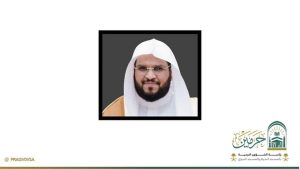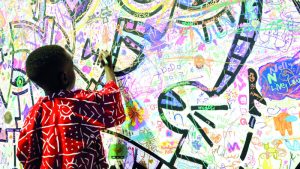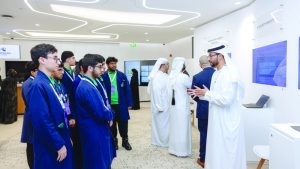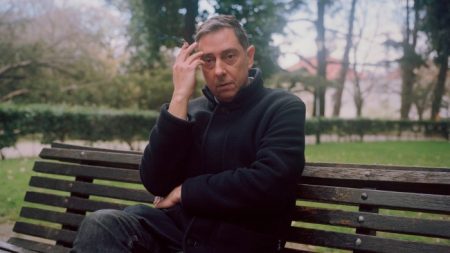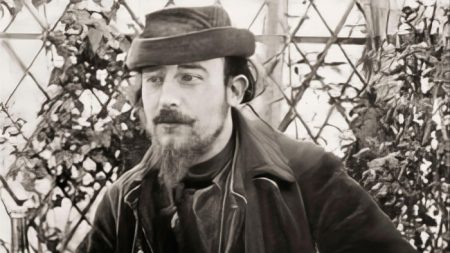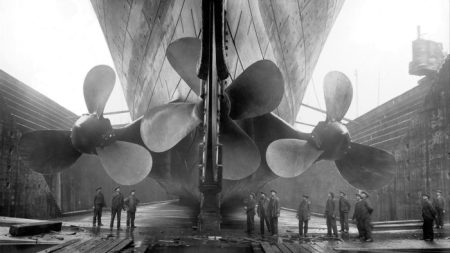“Growing up, the idea of making art seemed intrinsically selfish,” says designer, author and educator Prem Krishnamurthy. “Quietly painting in your studio is a beautiful thing, but I’ve always felt that art should have a larger social purpose.” For the past six months, Krishnamurthy has been busy organizing “Groundwork”, a project that gathers members of the community to engage in mindfulness sessions, reading groups, therapy tutorials, karaoke, and more, as part of his residency at the Canal Projects Library in Lower Manhattan. The Department of Transformation (DOT), the organization Krishnamurthy founded to mobilize the power of art and design, has transformed the lower level of the Canal Projects building to prototype new formats and methods for collaborative learning until June 2024.
In 2022, Canal Projects initiated its rotating series of residencies to support artists’ durational, community-based research projects that engage with New York City’s diverse cultural fabric. The Library is designed to foreground collaboration with the local community through a series of public programs. Canal Projects has a hyperlocal focus which sets it apart from other art spaces available in the city. The Library is known for its experimental and fun nature where new formats and methods for collaborative learning and community engagement are constantly being tested.
Socially engaged art is not a new concept. In 1991, artist Suzanne Lacy coined the term “new genre public art” to explore projects that addressed social and political issues through community engagement. Since then, many artists have explored the opportunities a socially engaged practice creates to integrate into and support their communities. Canal Projects’ experimentation has evolved into a program that includes a diverse range of artists and residents who have contributed to shaping the Library into a community-centered space in Lower Manhattan.
In 2022, the inaugural residents of the Library, the Canal Street Research Association (CSRA), embarked on a project to investigate the cultural and material histories of Canal Street. The CSRA created a “fictional office” to engage with the community and explore the blurred boundaries between official and unofficial spaces. They organized events and art markets on the street in front of Canal Projects, collaborating with local artists and vendors, in an effort to rethink the concept of an “artist” and the circulation of art objects in New York City.
Canal Projects’ associate curator Sara Garzón explains that the Library was conceived as an opportunity for the institution to participate in reparative practices and blur the boundaries between art, social practice, and community engagement. The residency program aims to give back to the community and create opportunities for connection through art and design. Krishnamurthy emphasizes that transformation doesn’t have to be on a large institutional scale; it can also happen through everyday conversations and small interactions. The Department of Transformation is working to change the way art and design are practiced to empower individuals to transform their communities for the better.
